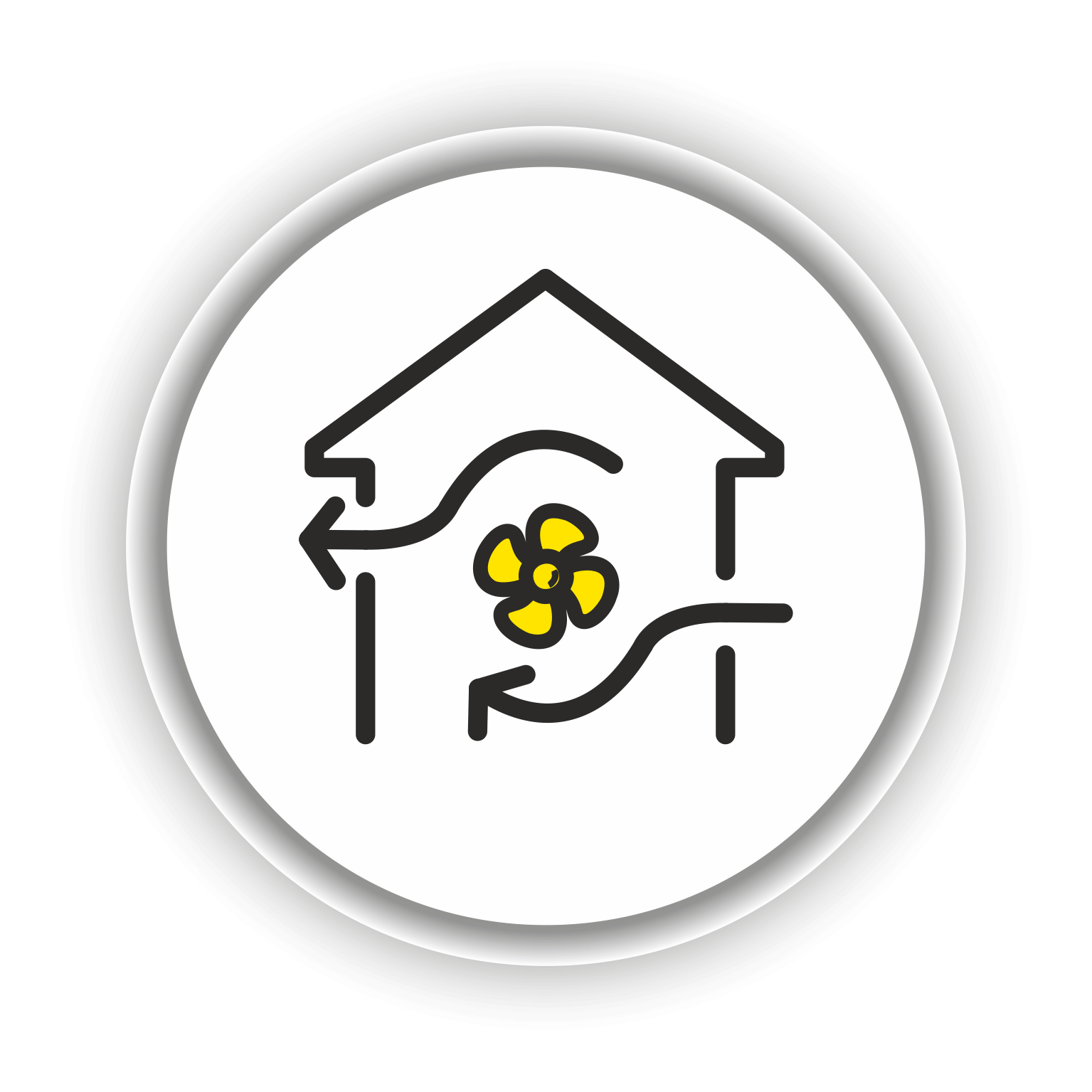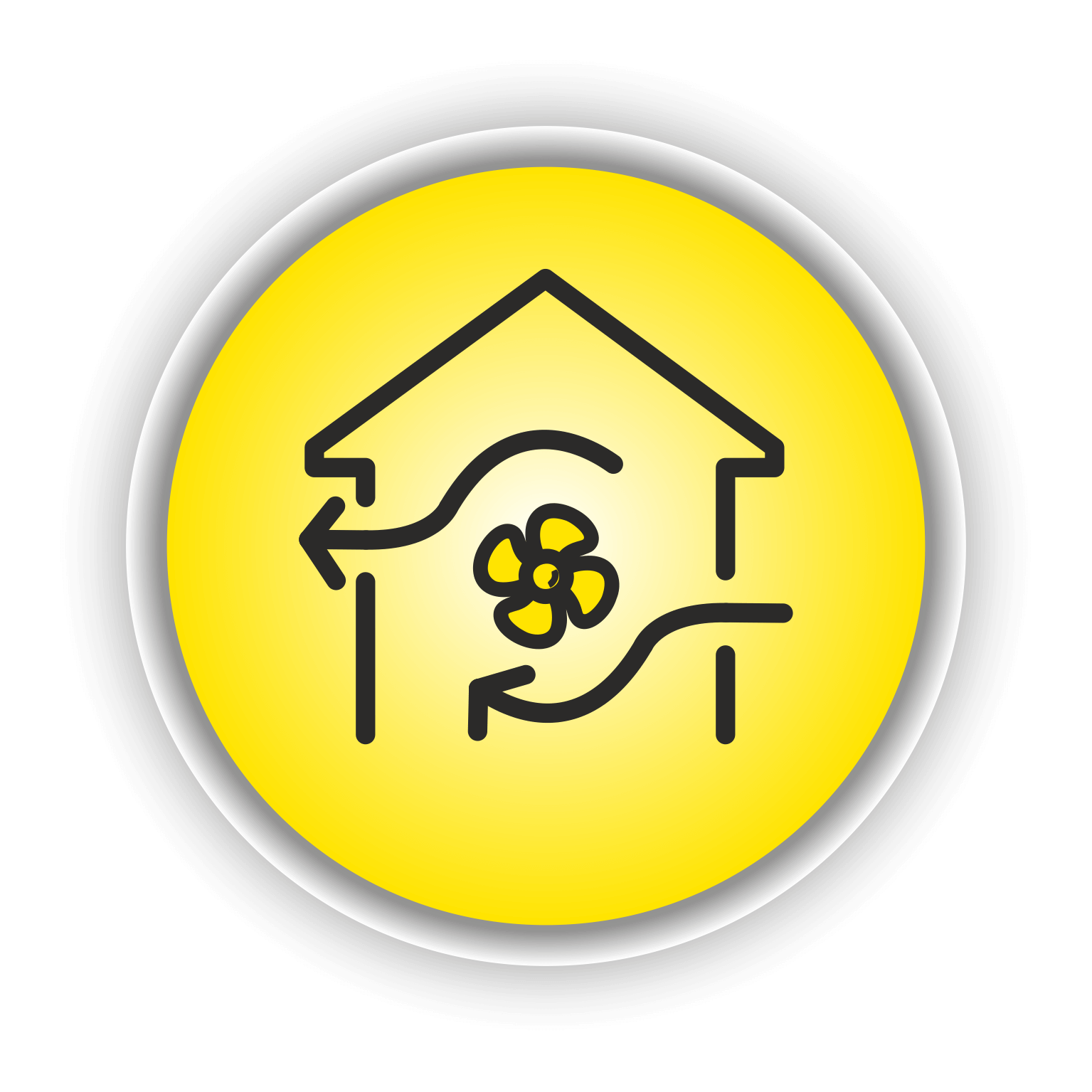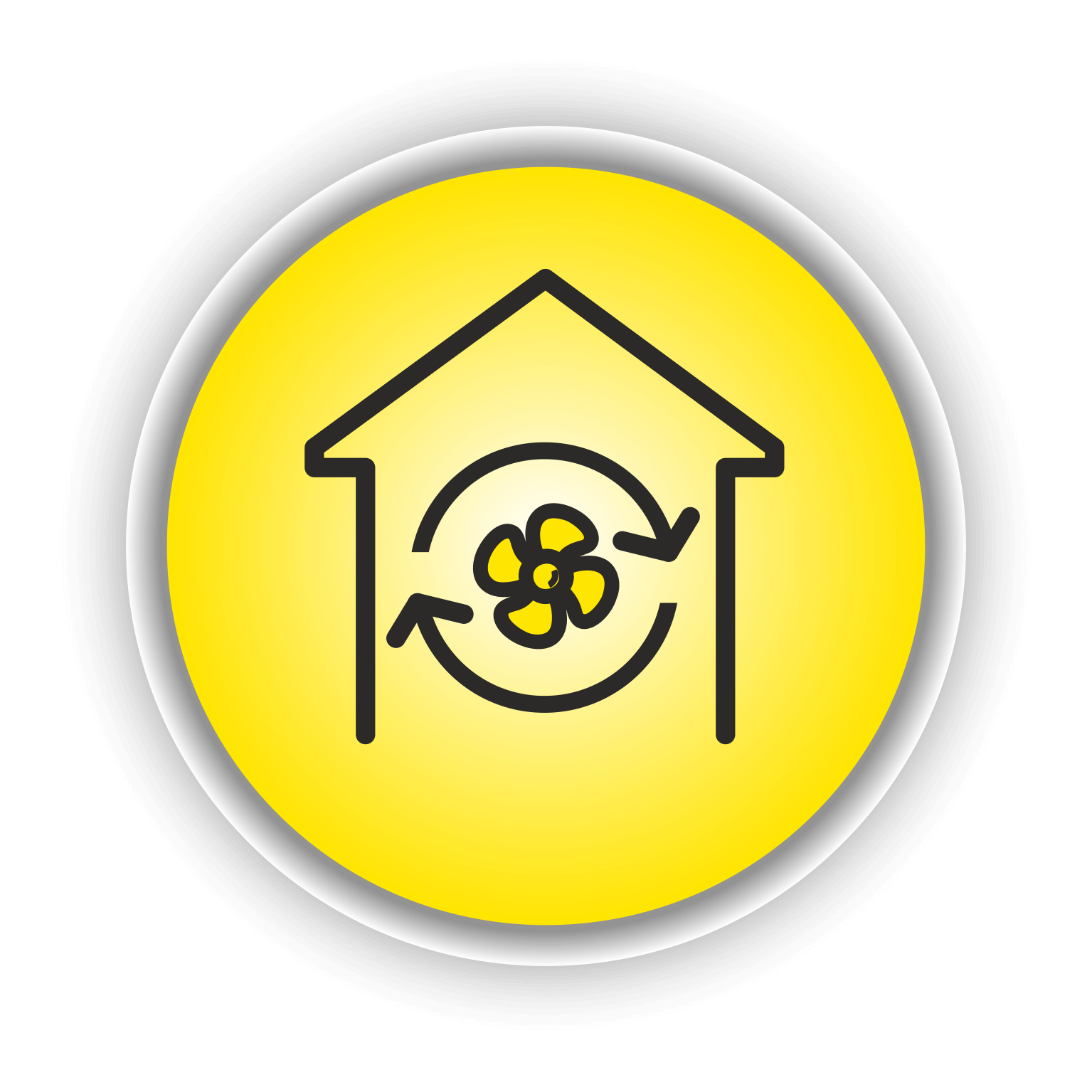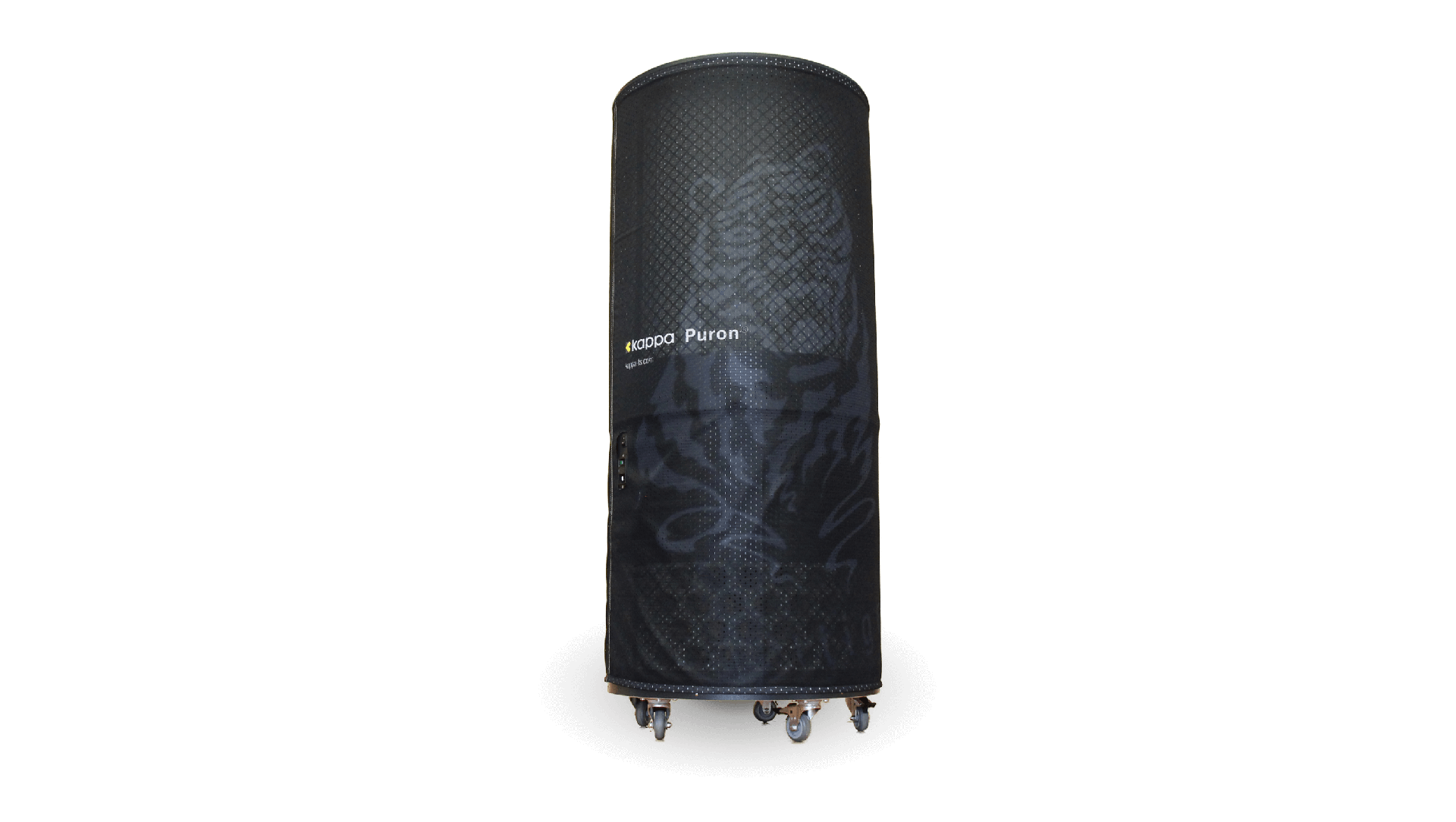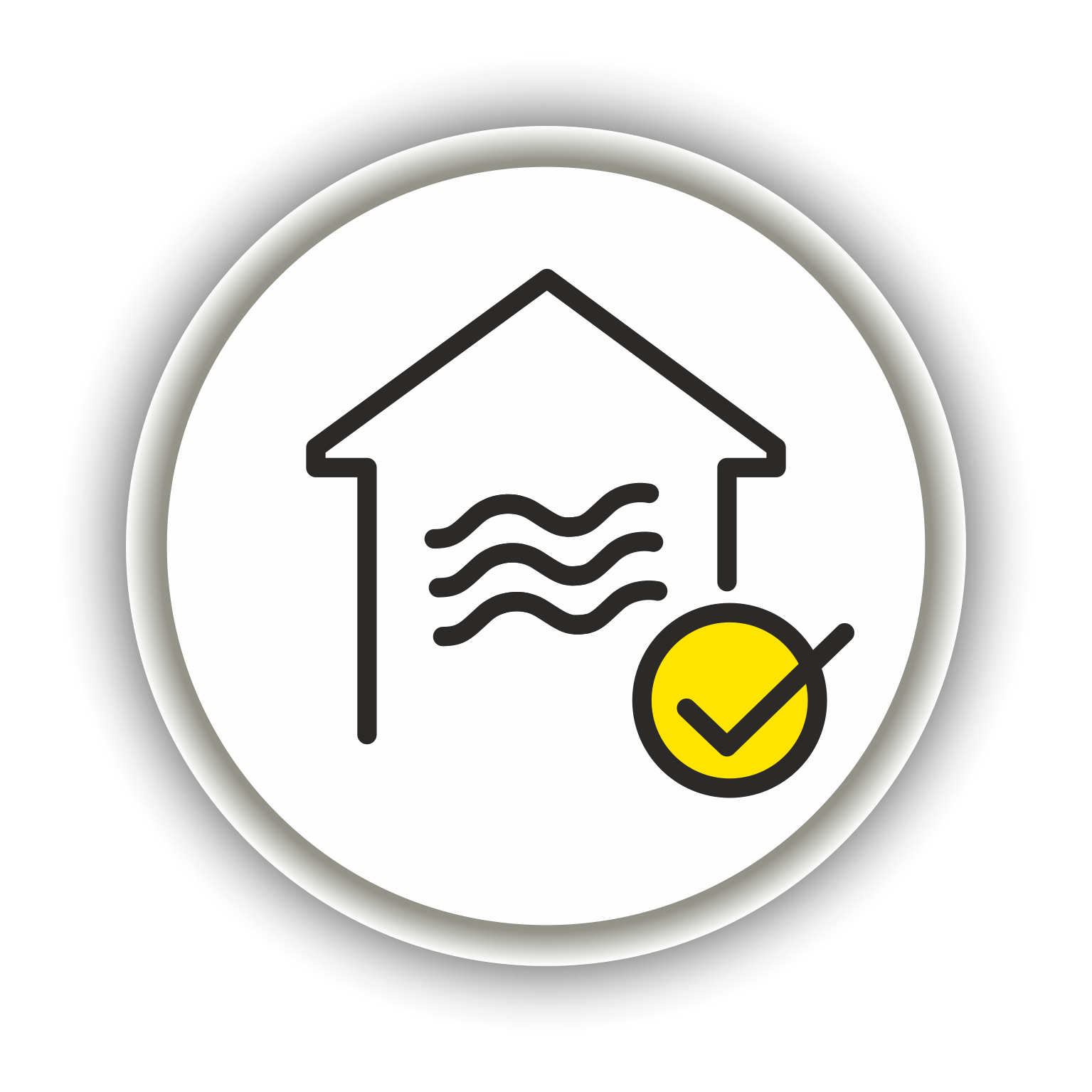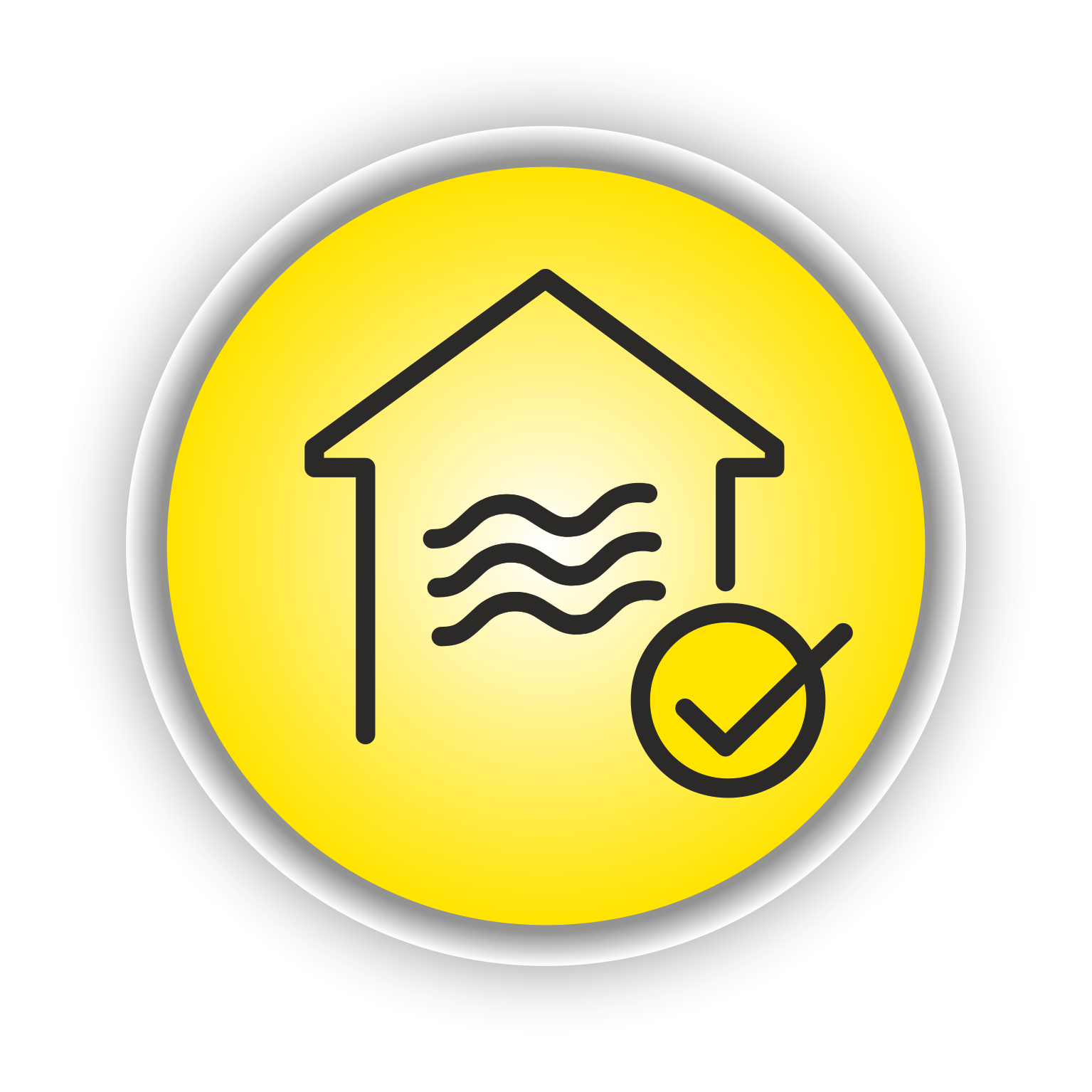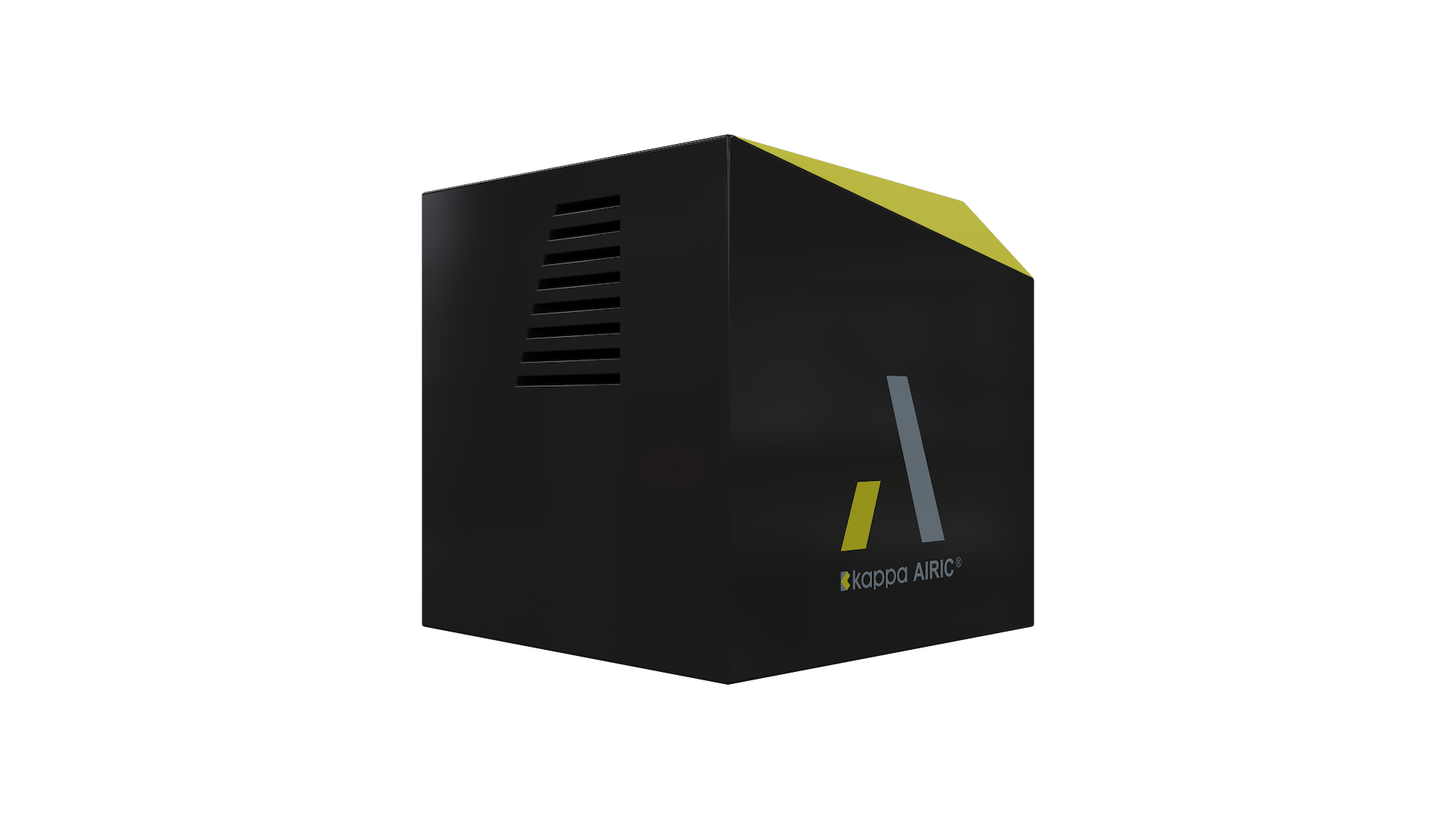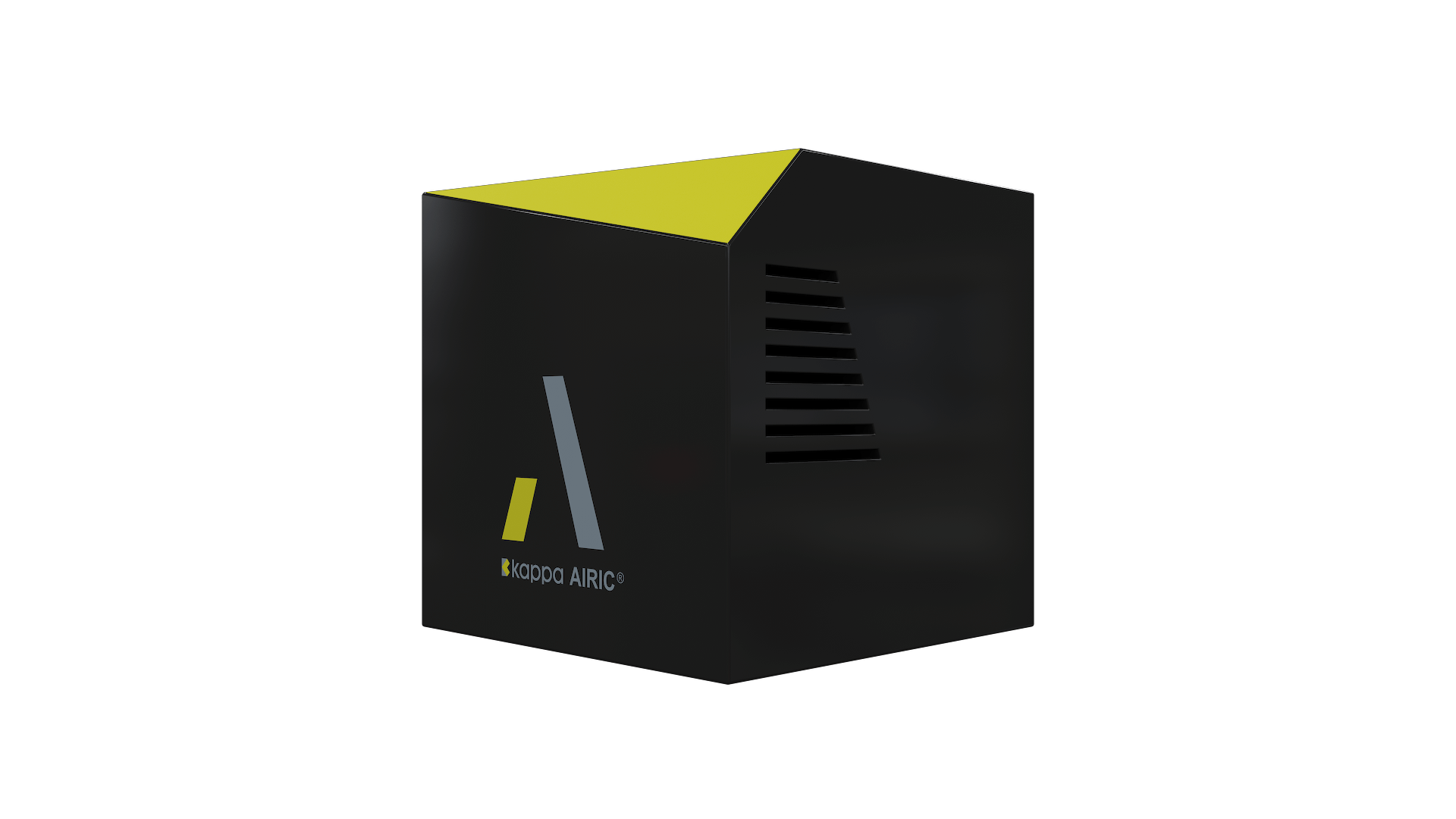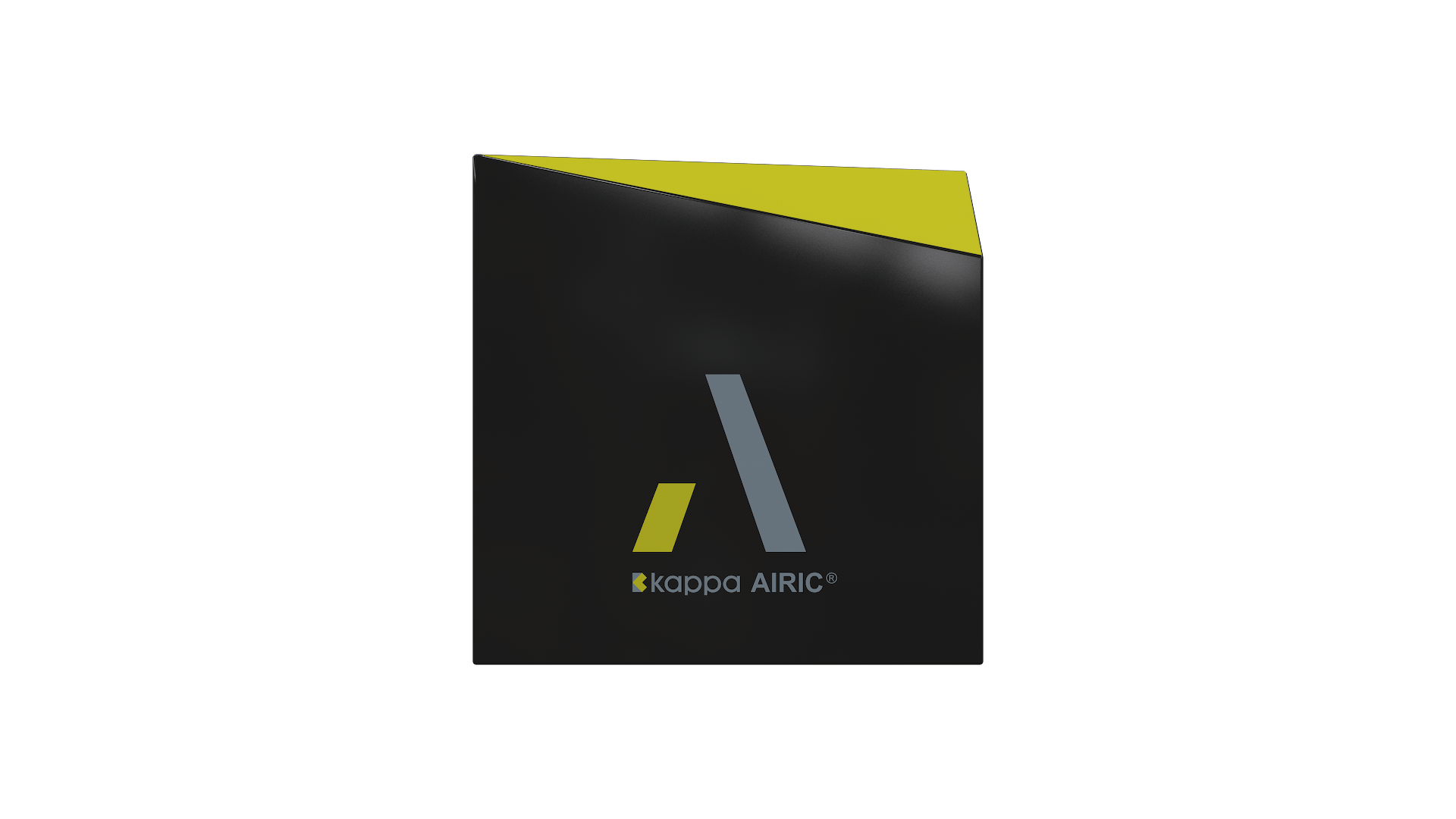Three air building blocks for maximum air quality,
more productivity and a strong team spirit
Initiative ‘Safe in the office’ Part 1
Teams are like orchestras. The symphony of success can only be heard when all members of the ensemble play together properly. From time to time, especially during the flu season, sparsely occupied office rows probably have more of a rehearsal character. To prevent this from happening, excellent air quality is important. However, this quality in turn depends on numerous factors.
To reduce the complexity here, we have developed the ‘Safe in the office’ initiative. This initiative minimises the risk of infection, prevents absences from work, reduces follow-up costs and even lowers energy consumption.
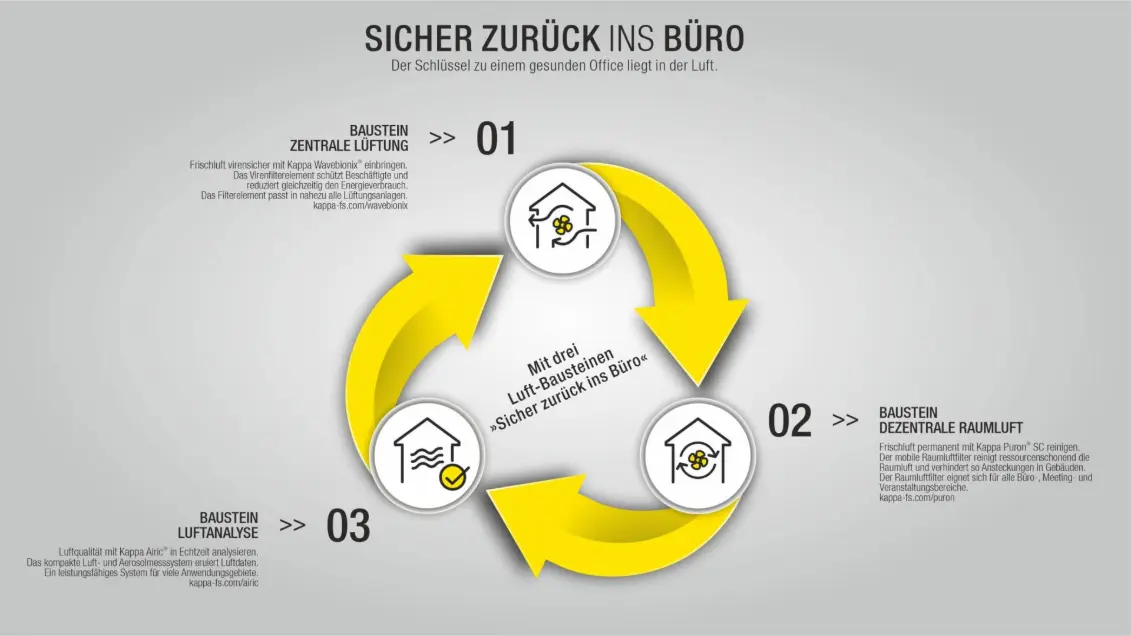
‘Centralised ventilation’
Bringing in fresh air in a virus-proof way
As an environmentally friendly alternative to window ventilation, we recommend equipping buildings with a modern and efficient ventilation system. equipped. These systems enable the permanent exchange of air and the recovery of waste heat. To prevent infection, we recommend exchanging the air six times per hour. For a room of 60 to 70 square metres, this corresponds to an hourly air flow rate of 1,000 cubic metres.
For comparison:
Even with just a few people in the room, windows would have to be opened for at least ten minutes every 30 minutes when ventilating. This is hardly feasible from an organisational point of view.
Modern ventilation systems offer the solution:
They automatically regulate the supply of fresh air so that employees can concentrate on the essentials - their work. Ventilation systems also offer the option of recovering waste heat and utilising it to heat the supply air. It therefore does not go to waste. For safe operation, it is also essential to service and clean ventilation systems regularly.
What does this look like in practice?
Unfortunately, our experience shows that too little attention is often paid to existing ventilation systems. It is usually not realised that ventilation units automatically add more or less well-cleaned exhaust air to the fresh air. This happens because the systems are generally not designed to heat or cool the high volume of fresh air at low or very high outside temperatures. Ventilation systems are also rarely built to be completely airtight. In both cases, the supply air mixes with parts of the extract air. The results are often poor air quality in the rooms and the spread of pathogens throughout the building.
Getting more out of systems and saving energy costs in the process
Choosing the right filter elements therefore plays a key role in air quality. This is often where savings are made in the wrong place. Every day, we see filter inserts with low filter performance1 being used in systems. However, viruses are far too small to be effectively retained with conventional filter inserts. We therefore recommend the use of filter elements with the highest filtration performance, for example Hepa filters or the Kappa Wavebionix® virus filter element for ventilation units developed by us.
With this filter element, the air quality is 10 times better than when using conventional filters2. As a result, the purified exhaust air can be safely reintroduced into the fresh air, which in turn leads to an enormous reduction in energy costs (heating and cooling costs) - namely by up to 60%.
__________________________
1 ISO-Coarse-Filter (formerly known as G4 or M5 filter) in the extract air or ePM1 50% filter (formerly known as F7 filter) in the supply air
2 compared to ePM1 50% filter (formerly known as F7 filter)
MORE ABOUT Kappa Wavebionix®
Virus-filter
Using room air filters correctly
‘Decentralised room air’ module
Of course, there are also buildings that do not have a ventilation system or that cannot be supplied with a six-fold air exchange. In this case, we recommend the use of decentralised room air filters.
However, with the large number of different devices available, it is difficult to maintain an overview. When selecting a device, it is important to ensure that it is suitable for permanent use in the office. In addition to high air performance, filter efficiency and noise levels are decisive factors for a high-quality device.
Kappa Puron® SC room air filter: air purifier manages the balancing act of providing a high air performance and at the same time filtering aerosols and viruses highly effectively. Its filter performance is 99.995%. This means that just 5 out of 100,000 aerosols make it through the dense filter system of the Puron® SC. At 42 decibels, operation is about as quiet as a refrigerator. These factors ensure that the Puron® SC can be easily integrated into existing office spaces.
More about Kappa Puron® SC
AIR PURIFIER
Analyse air quality in real time
MODUL »Air analyses«
Measuring the status of the air quality in a room is a complex endeavour. But if you want to do something for good air, you also need knowledge about the quality of the indoor air and a reference level. This is the only way to consistently determine whether initiatives and actions are paying off.
In our experience, the CO2 content is often used as an indicator to assess the air in buildings. However, this does not go far enough.
Kappa Airic® air analysis system: In view of the human-to-human transmission of diseases, the proportion of aerosols in the air is more meaningful. We have therefore developed an air analysis system which, in addition to the most common air parameters, also determines the aerosol content for the first time: the Kappa Airic®. It collects the data, encrypts it and then visualises it in real time on your end device.
